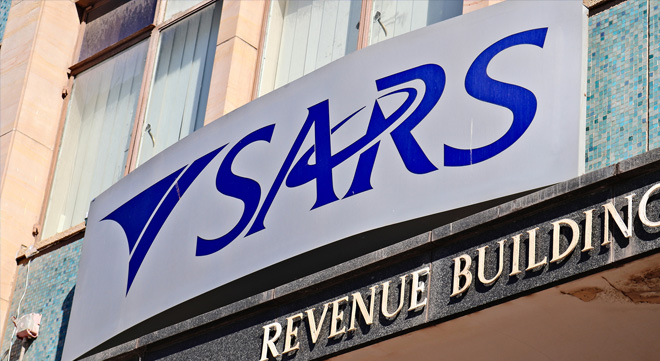The latest tax statistics shed light on a striking reality: the country’s corporate tax base rests on a few large companies.
National Treasury and the South African Revenue Service (SARS) published the Tax Statistics document this month. The 2024 edition provides an overview of tax revenue collections and tax return information for the 2020 to 2023 tax years, as well as the 2019/20 to 2023/24 fiscal years.
On 31 March 2024, SARS’s CIT register included more than 3.6 million companies, a 7.2% decrease from the previous year, largely because of a register clean-up. Most companies on the register were inactive or dormant, with only 1.36 million expected to file tax returns for 2022.
Only 83% of the companies expected to submit returns for 2022 had been assessed by 31 August 2024, whereas only 67.4% of the companies expected to submit returns in 2023 had been assessed.
Of the 1 166 692 companies assessed for the 2022 tax year, 287 802 (24.7%) made a loss, and 637 435 (54.6%) had no income.
There were 198 695 (17%) companies with a taxable income of up to R1 million that paid R7.4 billion (2.3%) in CIT.
Another 41 709 (3.6%) had a taxable income of R1m to R100m and paid R82.5bn tax, accounting for 25.5% of all CIT.
Only 1 051 companies accounted for 72.3% of all CIT revenue. These companies, whose taxable incomes exceeded R100m, represented a mere 0.1% of those with a positive taxable income. This concentration underscores the dominance of a few large companies in South Africa’s corporate tax base.
Of the 1 166 692 companies assessed in respect of the 2022 tax year, 172 611 (14.8%) were assessed as Small Business Corporations, taxed at the applicable graduated income tax rates. The remainder was taxed at either the fixed company tax rate of 27%, or at the graduated income tax rates for micro-businesses that elected to pay only turnover tax.
Lower CIT collections
In the 2023/24 fiscal year, SARS collected R2.2 trillion in gross tax revenue, (R87bn or 4.2% more than in the prior year); refunded taxes worth R413.9bn (R32.8bn or 8.6% more than in the prior year); and netted tax revenue of trillion (R54.2bn or 3.2% more than in the preceding year).
At 18.2%, CIT remained the third-largest contributor to total tax revenue collected in the 2023/24 fiscal year. This exceeds the 15.9% and 16.4% shares in the 2019/20 and 2020/21 financial years, respectively, but is lower than the 20.7% and 20.6% recorded in the 2021/22 and 2022/23 financial years. CIT’s contribution to total tax revenue remains well below its 26.7% peak before the 2009/10 global financial crisis.
CIT collections were R30.2bn (8.9%) lower than in 2022/23. This year-on-year contraction was driven mainly by challenges in the mining and quarrying, manufacturing, and transport sectors, exacerbated by declining commodity prices, persistent power cuts, and logistical inefficiencies at ports and railways.
Sectoral analysis
The mining sector’s downturn began in 2022/23 and persisted into 2023/24, primarily because of falling commodity prices for Platinum Group Metals, iron ore, and coal. Mineral sales declined throughout 2023, while input costs rose by 6.5% year-on-year because of energy and logistical challenges. This negative trend persisted despite a favourable exchange rate.
The manufacturing sector’s struggles were reflected in the ABSA Purchasing Managers’ Index, which indicated a factory-sector recession for most of 2023. Power outages, weak domestic demand, and adverse geopolitical events further compounded these challenges.
The transport sector’s contraction was driven by record power outages and a logistics crisis. Infrastructure deficiencies at key rail and port facilities disrupted business activity, while network outages also affected telecommunications, a transport sub-sector.
In contrast, the financial intermediation, insurance, real estate, and business services sector performed strongly, contributing 32.8% of CIT assessed – the most among all the sectors. This sector’s growth aligned with the gross operating surplus, which saw consistent gains throughout 2023 and early 2024, supported by high interest rates and sustained economic activity.



